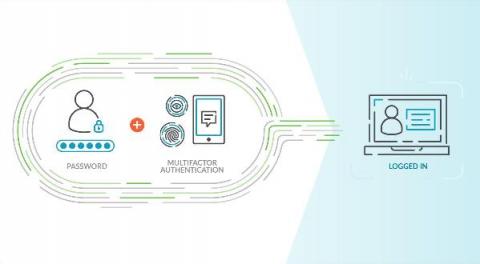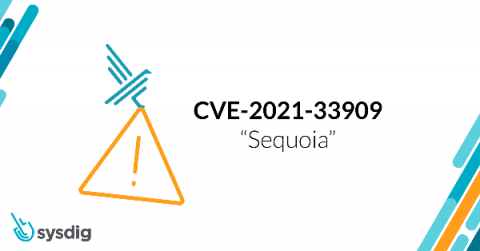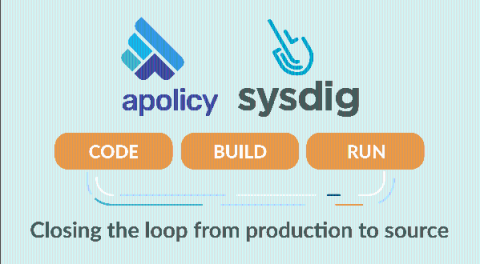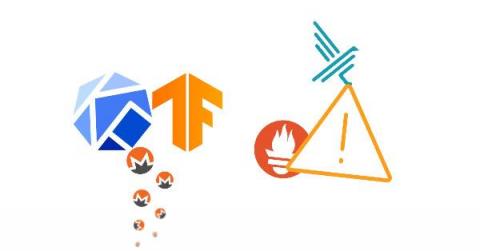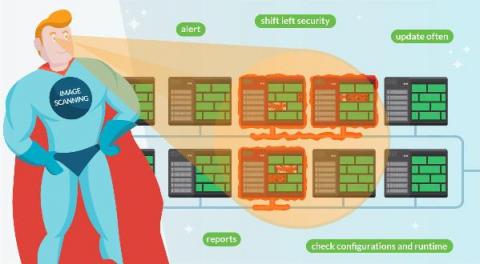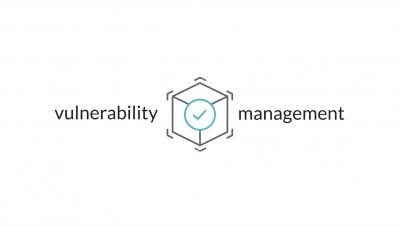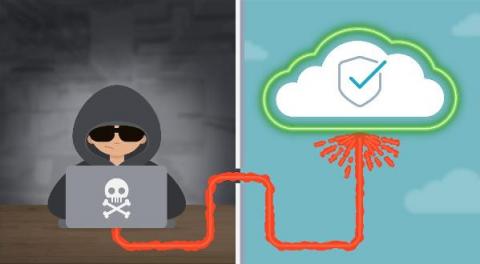Security | Threat Detection | Cyberattacks | DevSecOps | Compliance
Sysdig
Securing AWS IAM with Sysdig Secure
Last year’s IDC’s Cloud Security Survey found that nearly 80 percent of companies polled have suffered at least one cloud data breach in the past 18 months.
What is the MITRE ATT&CK Framework for Cloud? | 10 TTPs You should know of
In any case, by using the MITRE ATT&CK framework to model and implement your cloud IaaS security, you will have a head start on any compliance standard since it guides your cybersecurity and risk teams to follow the best security practices. As it does for all platforms and environments, MITRE came up with an IaaS Matrix to map the specific Tactics, Techniques, and Procedures (TTPs) that advanced threat actors could possibly use in their attacks on Cloud environments.
How to mitigate CVE-2021-33909 Sequoia with Falco - Linux filesystem privilege escalation vulnerability
The CVE-2021-33909, named Sequoia, is a new privilege escalation vulnerability that affects Linux’s file system. It was disclosed in July, 2021, and it was introduced in 2014 on many Linux distros; among which we have Ubuntu (20.04, 20.10 and 21.04), Debian 11, Fedora 34 Workstation and some Red Hat products, too. This vulnerability is caused by an out-of-bounds write found in the Linux kernel’s seq_file in the Filesystem layer.
Sysdig and Apolicy join forces to help customers secure Infrastructure As Code and automate remediation
Today, we announced that Sysdig is acquiring Apolicy to enable our customers to secure their infrastructure as code. I could not be more excited because the innovation that Apolicy brings to bear is unique and highly differentiated, allowing customers to strengthen their Kubernetes and cloud security and compliance by leveraging policy as code and automated remediation workflows that close the gap from source to production.
How to Establish a Culture of Secure DevOps
We’re constantly told to “Shift Left” and that Secure DevOps is the only way to have confidence in your cloud native applications. But speaking to end-users and industry colleagues, it’s clear that there are some major challenges in adopting Secure DevOps. If we read our history books, we know that DevOps wasn’t successfully adopted by buying tools, and a true cultural movement towards DevOps wasn’t established by having a small dedicated team of DevOps specialists.
Detecting new crypto mining attack targeting Kubeflow and TensorFlow
Microsoft has discovered a new large-scale attack targeting Kubeflow instances to deploy malicious TensorFlow pods, using them to mine Monero cryptocurrency in Kubernetes cluster environments. Kubeflow is a popular open-source framework often used for running machine learning tasks in Kubernetes. TensorFlow, on the other hand, is an open-source machine learning platform used for implementing machine learning in a Kubernetes environment.
Top vulnerability assessment and management best practices
By implementing these vulnerability assessment and vulnerability management best practices you will reduce the attack surface of your infrastructure. We’re human, and many things we build aren’t perfect. That’s why we take our cars for a periodic inspection, or why we have organizations certifying that products are safe to use. Software is no different.
Vulnerability Management with Sysdig
Bad guys are watching for new openings in your cloud, are you?
You see the headlines, and perhaps, ‘thank goodness it wasn’t us’ flickers through your mind. An overly permissive web server exposes 100 million+ consumer credit applications, or an S3 bucket leaves hundreds of millions of user records open to the public. A nightmare scenario for any CISO and their cloud security team!



